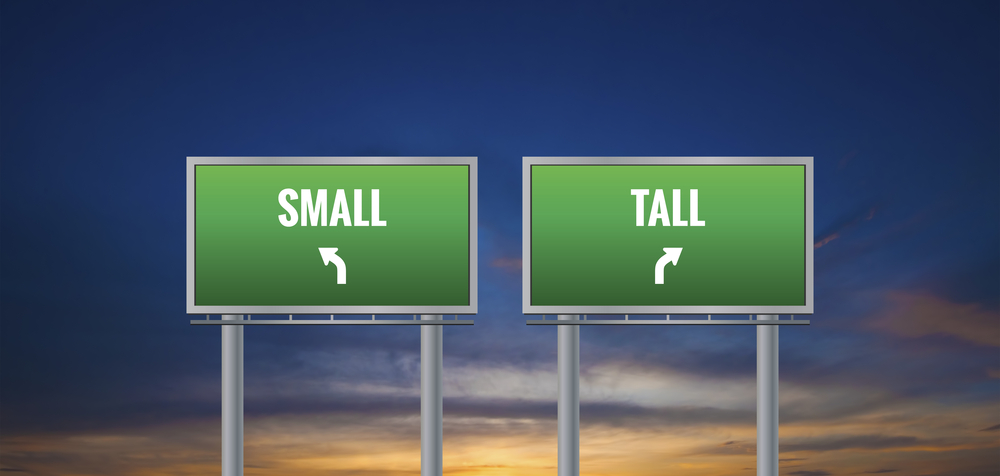Training For Your Body Type – How Does Height Affect Training?
Exercise
Posted on September 24, 2015 by Jenny Cromack
When we consider training, generally certain groups of individuals have generalised training goals which tend to dependent on their age, gender, social background, interests, and previous experiences in the world . These goals vary from a desire to increase muscle mass, lose body fat, tone elements of their body or improve fitness.
As a personal trainer I would always support any clients desires to achieve their goals, whatever they maybe and I do this by supporting them with the appropriate nutritional and training plans. The reality is some will achieve all of their goals, some will not, some will get there in 6 months, others will take years. The reality is what we want to achieve is a little more than simply just hard work and eating and training right, there is a huge genetic element therefore, in theory, you can tune your training for your body type and physical characteristics. Essentially as I frequently say, you’ve got to have picked the right parents.
We are often lead to believe that all that is required is hard work. Sometimes even the hardest working individual can’t get what they want if it doesn’t align with their body type and genetics. One question I often ponder is if we remove the human element of desires and wants, and we worked backwards what could be achieved. If hypothetically we trained individuals based on their body type and genetics, and worked towards goals that they were suited for, it would be interesting to see what was possible but unfortunately many individuals don’t care about what their bodies were designed to do, they have their own goals and ideas in mind.
So hypothetically speaking which body types are suited to which modes of training?
It’s important to remember these observations are based on broad generalisations, and are based on a variety of variables from biomechanical implications, muscle fibre compositions, genetic capabilities, etc so don’t think because one because your body type falls into one category you can’t train a certain way. As we have spent time before examing somatotypes, the study of skeletal shape, we will focus this article looking at various physical attributes and the effect they may have on training.
Below average height:
· Generally their neural network is smaller, so they have the potential for faster reaction times. This is highly dependent on the level of myelination. This would suggested shorter distance endurance races, and activities involving explosive actions during training would be highly effective.
· Greater strength to body weight ratio– relative strength refers to the load an individual is able to lift compared to their body weight, this has numerous advantages for weight category sports, judo, wrestling, boxing, weightlifting, etc. Training these individuals in explosive lifting, like Olympic weightlifting would theoretically prove to be successful.
· Faster rotational capabilities and agility– partially due to their lower centre of gravity and ability to accelerate limbs quicker, below average individuals will thrive during plyometric, agility and speed training sessions, attributes that are fundamental to a variety of team sports.
Above average height:
· Greater absolute strength. The individuals ability to shift a large amount of weight is greater, training would revolve around lifting near maximal loads.
· Greater work capacity and work per unit of time (power)- while below average height individuals are more explosive, the force multiplied by distance and power capabilities are significantly greater in above height individuals. Activities such as long distance endurance running and power based trainingwould be more applicable.
· Greater linear speed- due to longer leavers above height individuals have a mechanical advantage, particually rolling speed.
Although there are varous other factors such as bone width, q angle, weight distribution, muscle mass distribution etc these examples above show that different training is suited to different heights not just your somatotype.


